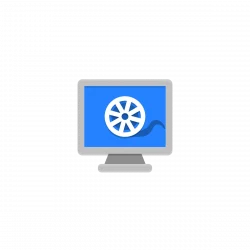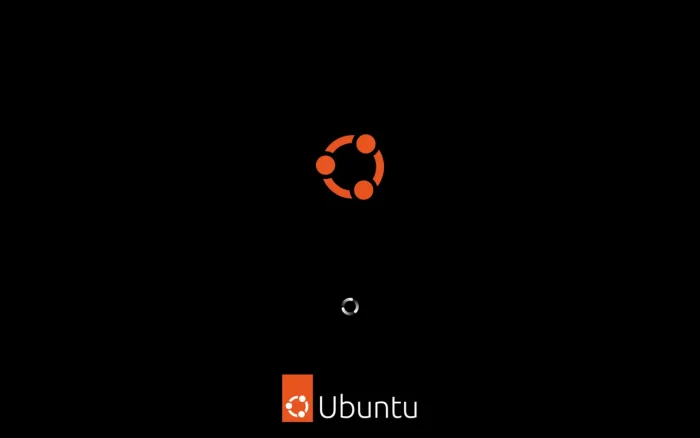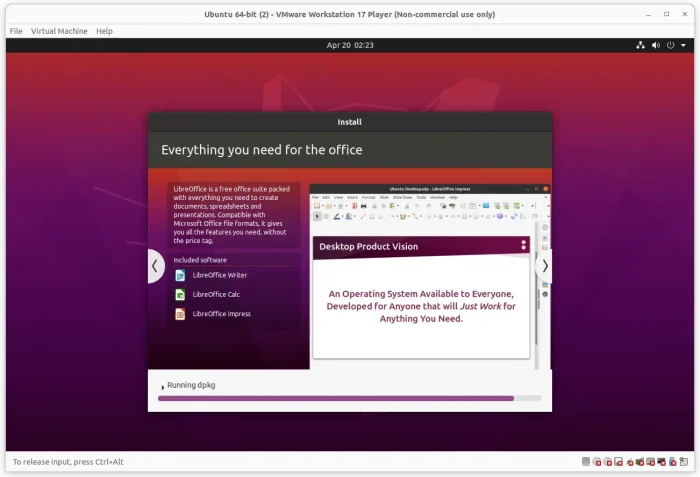This is a step by step beginner’s guide shows how to install NVIDIA proprietary driver in Ubuntu. And, how to switch between Intel/AMD and NVIDIA GPU, run specific app/game with NVIDIA while leaving others rendered by integrated graphics card.
While installing Ubuntu, the wizard provides an option to install the NVIDIA proprietary driver alongside. If you didn’t enable that option, then here’s how to manually install it afterward.



















